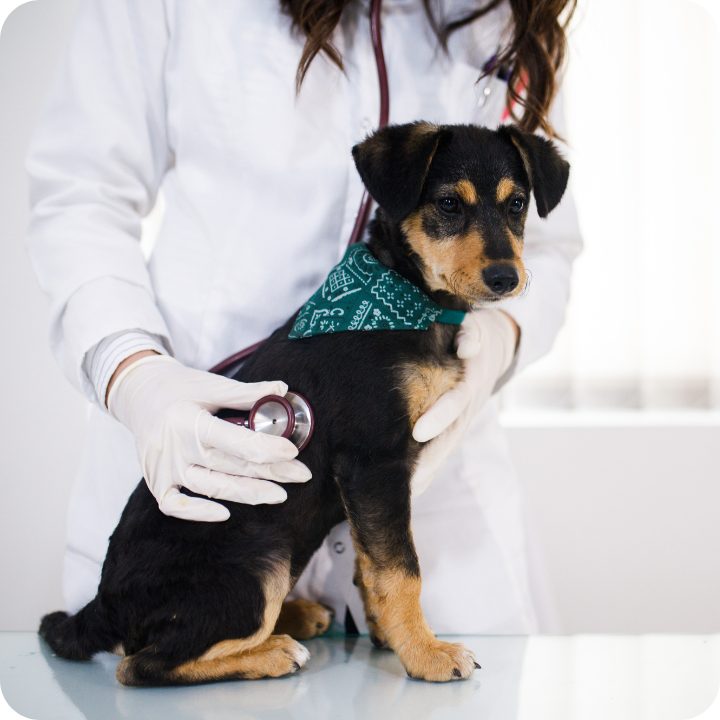
Cancer in Dogs & Cats
Cancer affects dogs and cats just as it does humans. Sadly, the odds of pets getting cancer are much higher than you might expect.
1 in 4 pets are diagnosed with cancer at some point in their life*
50% of dogs over the age of 10 are diagnosed with cancer**
Cancer is the number 1 cause of death in senior pets*
*American Veterinary Medical Association
**National Center for Biotechnology Information

